<Back to News Home |
Maxxis Ravager 40: Checkpoint- by Guitar Ted
In the last post on these tires, (seen HERE), I wondered how this aggressively treaded 40mm tire might fare in single track and if it truly was a good tire for the gravel roads. The testing up to this point has been a balance of dirt road, single track, and gravel so that these questions could be answered. Let’s see how the Ravager holds up…..
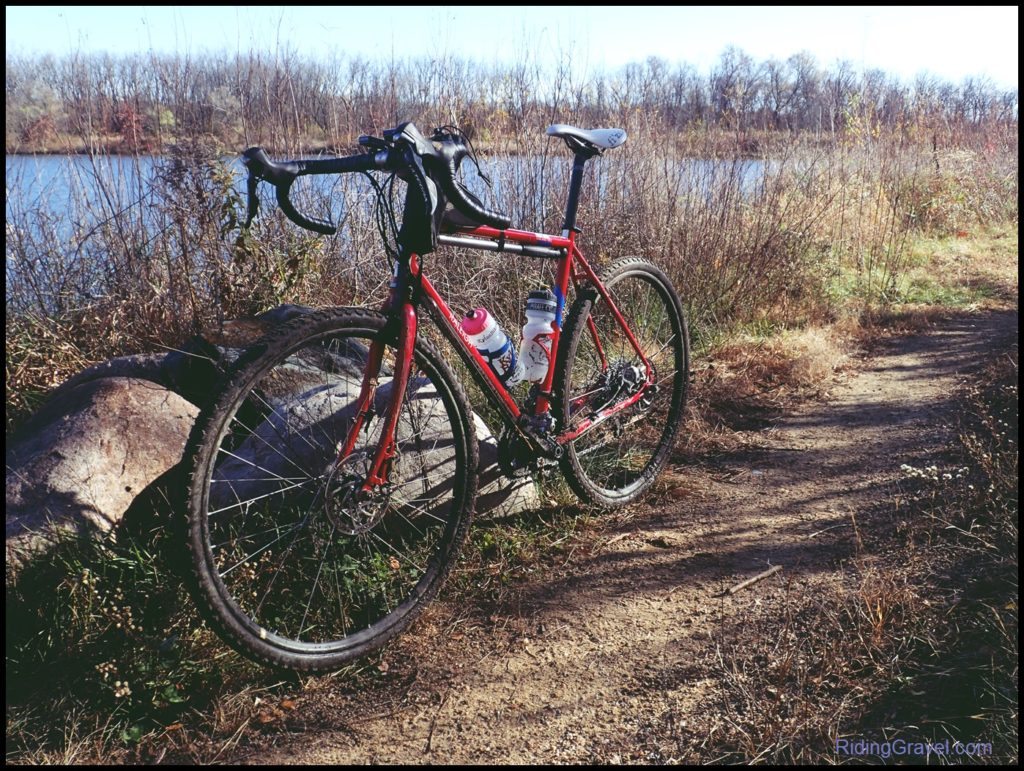
Maxxis sees the Ravager as a “one tire/one bike” solution for riders who want to go from the dirt to gravel and also integrate paved riding to some degree into that mix. Many gravel oriented tires can handle harder, paved surfaces well, but the performance falls off drastically in single track situations. The Ravager’s more aggressive, deeper tread blocks are designed to help out with true, off road, single track type trail riding. With that said, you would be wise to keep in mind that most every application of this tire should be on a full rigid, drop bar specific bicycle. If you were to put these tires on a full suspension 29″er, well……. I’ll be nice! Just use some common sense and you’ll be good to go. Don’t mistake the Ravager 40mm tire for a mountain bike tire.
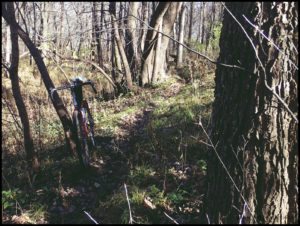
With that said, I was surprised how capable my Raleigh Tamland Two became on a local single track trail featuring sand, buff dirt, and some muddy sections. I could nail corners with confidence, and speed was only limited by my inability to see what lay beneath the copious leaf cover. Fall has left a blanket of leaves that can hide things one could be caused to crash on, or be pitched off line suddenly. I actually ended up in some tall weeds that way. Good times!
The single track performance was a bit of an eye opener, and it was fun to realize that the drop bar, gravel oriented Tamland was equally as capable at the local single track as my 29″ers are. Sure, it was a rougher ride, but the Ravagers made the Tamland corner well, grip when I needed it, and tractored through the mud well enough. The only short fall was when the trail was loose with sand. That’s when the lack of volume comes home to remind you that you are not on a mountain bike with a 2.25″ tire. Still, even that can be fun on a tire like the Ravager if you adjust your expectations accordingly.
So, that expanded capability is a good thing, but what about where we ride the most? How does that toothy tread do on the crushed rock roads? The Ravager feels a whole lot like a similar tire, the WTB Nano 40, out on gravel. It doesn’t have the best smooth road feel and speed, but the rockier the road gets, the more the Ravager works well. Just like the Nano 40, the Ravager can exhibit a bit of squirrely, lateral movement, but the tread blocks seem to grip the stones well and keep the bike upright.
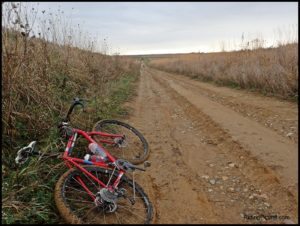
On the dirt roads, the tire is right at home, as you might expect from the description of its single track performance. The muddier the dirt road though, the less good the Ravager gets. Those deeper, small tread blocks get a hold of sticky mud and they do not like letting go of it. Several other tires I have tested have performed better in this regard. Keep the Ravager 40 on drier dirt and rocks and it does a whole lot better.
The Ravagers have been swapped over to another bike now on some HED Ardennes+ wheels. Tubeless set up required the “bounce method”, as I have always had to do with the carbon bead Maxxis gravel tires. Stay tuned for more on this soon…..
So Far…… The Ravagers have an aggressive tread, are reasonable in weight, and are true to width. They are excellent in regards to air retention and ride very smoothly. Rolling resistance, considering the tread design, is good in that these tires won’t hold you back on hard surfaces. Cornering prowess seems very good. Off road, this tire acts like it is a mountain bike tire. On gravel, it reminds me of the Nano 40, which is good. Mud is not this tire’s friend, but keep it on dry dirt or gravel and this tire will do well enough. Stay tuned for “At The Finish” coming in a few weeks.
Note: Maxxis sent over the Ravager 40mm tires to RidingGravel.com at no charge for test/review. We will always strive to give you our honest thoughts and opinions throughout.


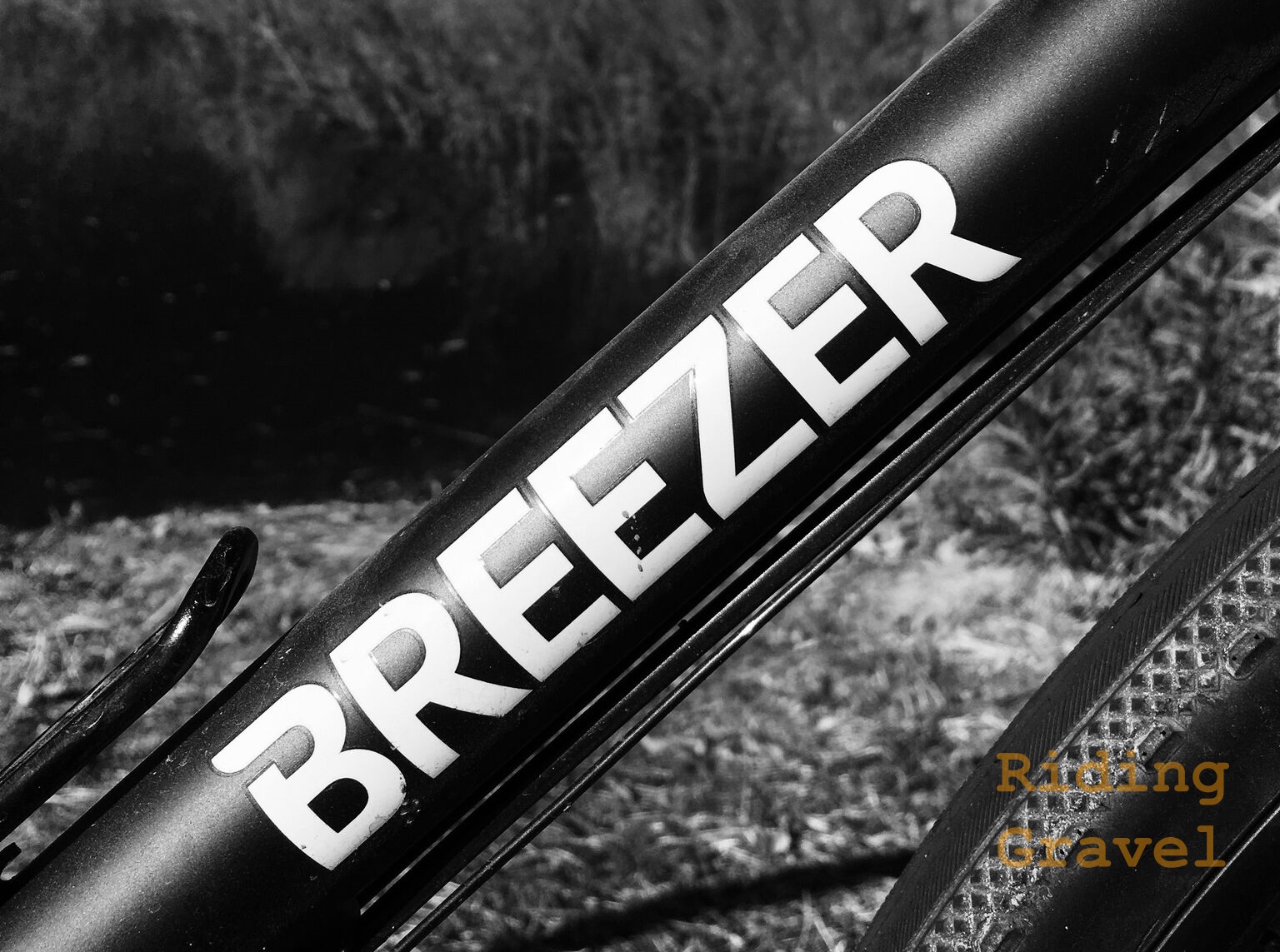
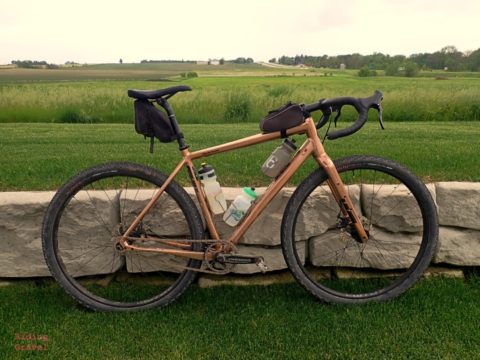
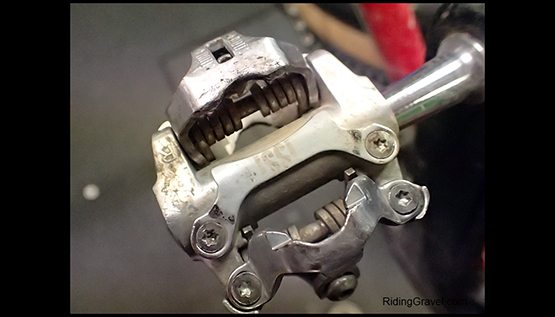
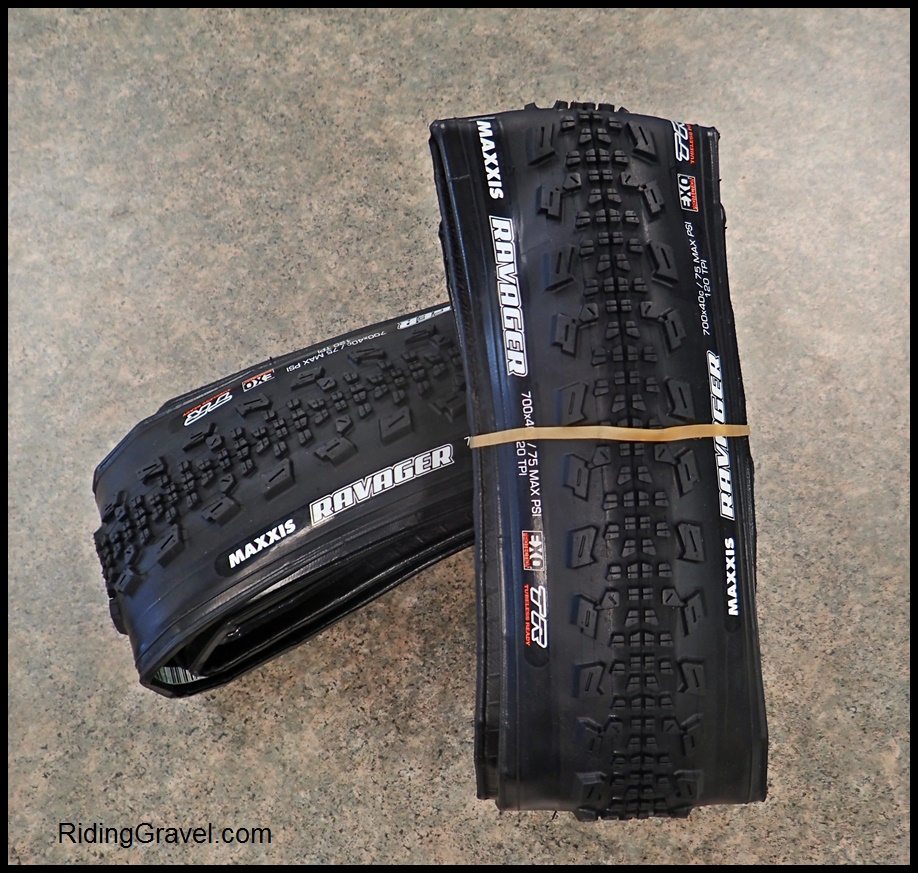
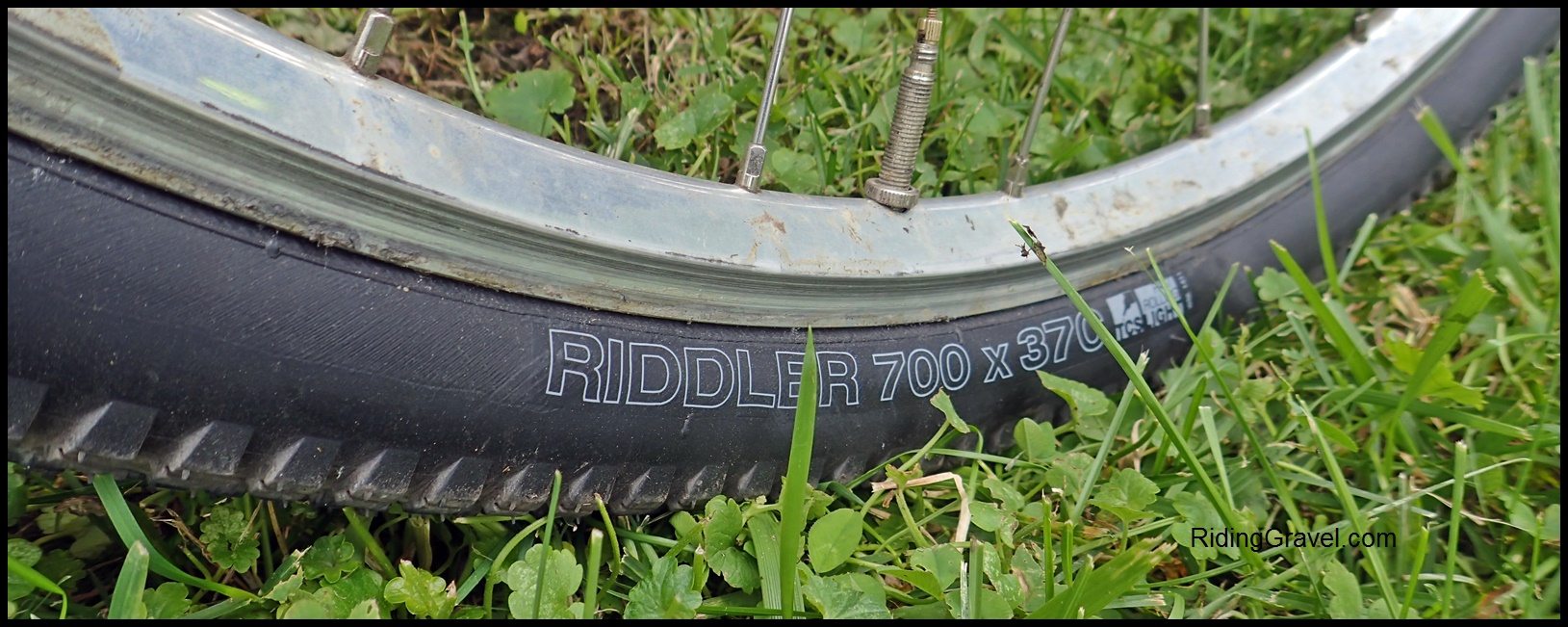
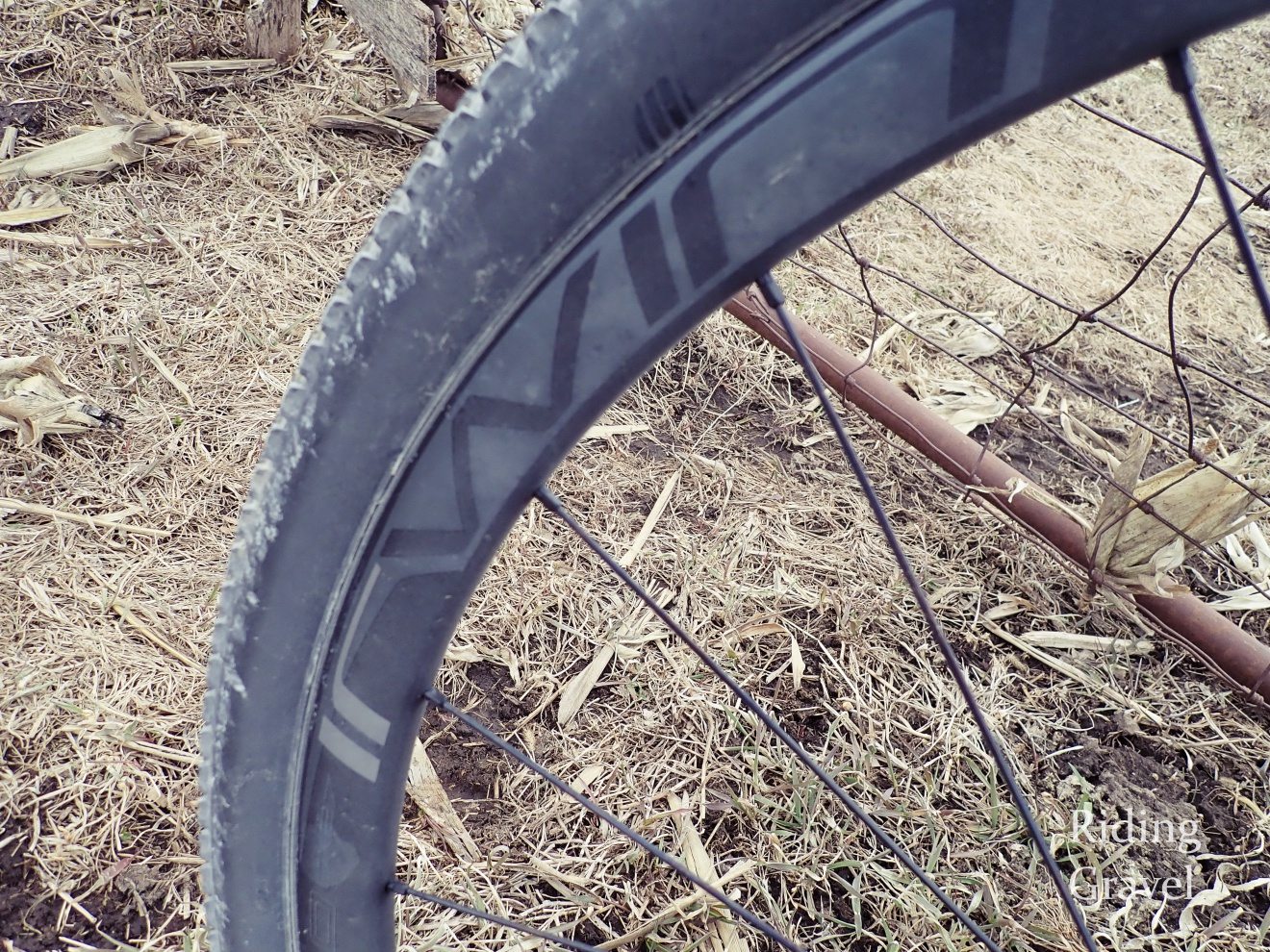
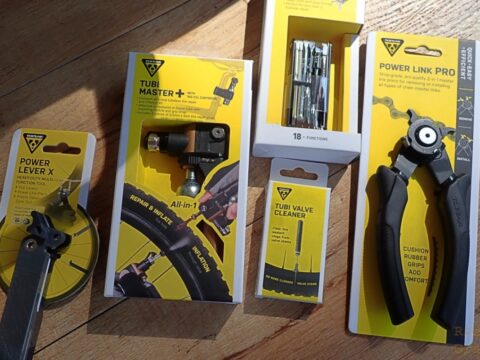
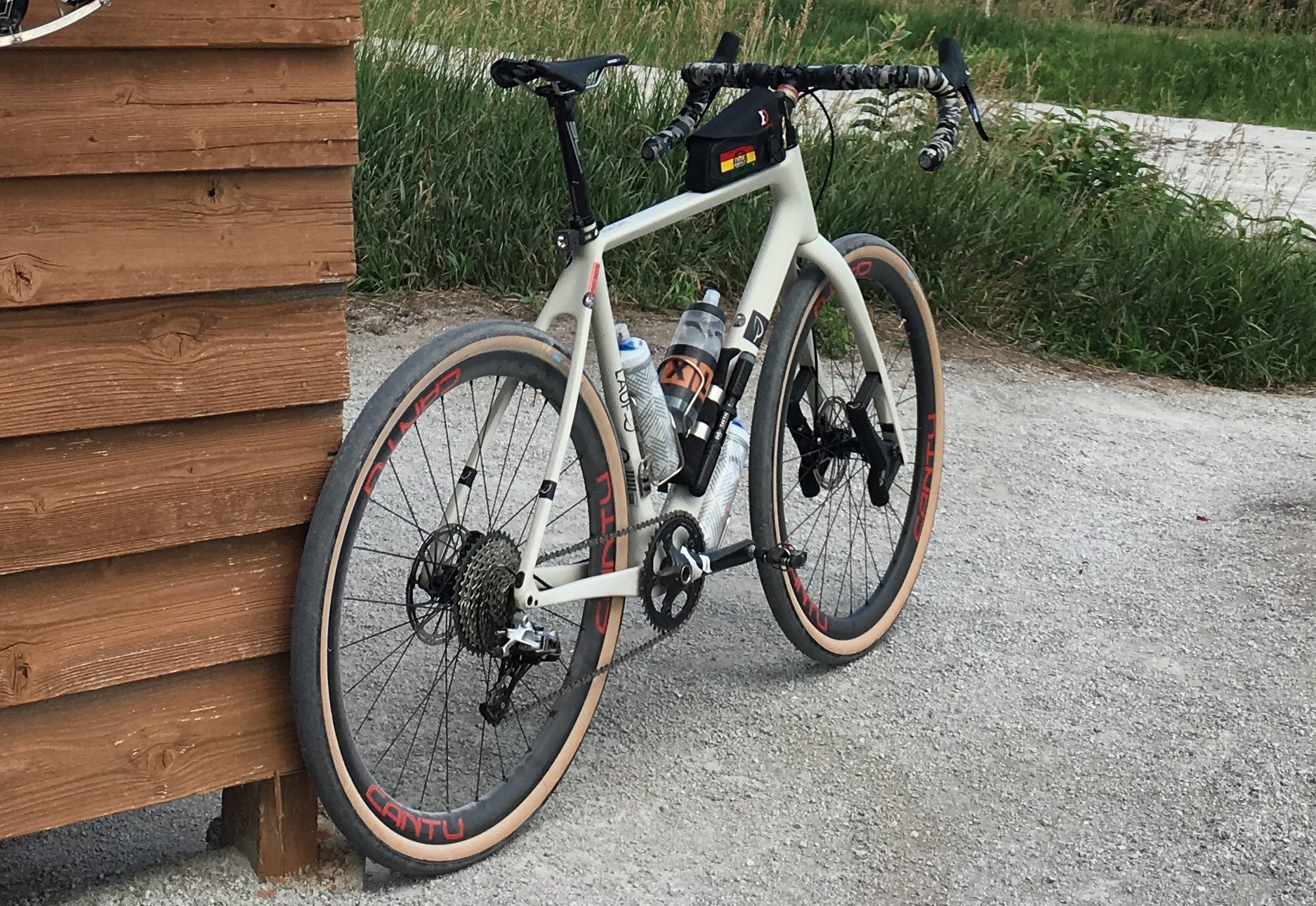

Hey Ted, I am sorry I missed you guys at the Middle Georgia Epic! Such a fun race, I did the 100k and just missed the rain that hit later in the day. Anyway, I have been running for several months now the Maxxis Rambler (the Ravager’s less aggressive cousin) and I have been very very happy with them. I didn’t have any set up issues with them on Boyd Altamont rims with Orange sealant btw. My question is, I understand that Maxxis had some intent of mixing the Rambler and Ravager together by running the Ravager up front and the Rambler on the rear. Curious as to whether you have considered this combo and if you would in fact try it in the future. I have been running the 120 tpi version of the Rambler at 33F/36R psi which seems to work well for me (145lbs). That said, this is my first real gravel setup and season so I have zero basis for comparison. But, I can’t really say anything bad about the Ramblers – they are very light and I have beat the crap out of them in four 50-65 mile races and numerous training rides. I haven’t had a single tire issue (tempting fate here I know). Again I can’t really compare them to anything but I have been very happy. I know this is a Ravager review though so back to that one. Looking forward to your “final thoughts” on this one and any notes you might have on the Rambler compared to some of the other big hitters in this category such as the Kenda Flint Ridge. Thanks!
@JP: Thank you for both of your comments. Since they are both pretty similar, I am going to go ahead and just answer both here.
The Final Review of the Ravager is here: https://ridinggravel.com/components/maxxis-ravager-40-finish/
As far as putting one up front with a rear Rambler, that might be an intriguing combination if you need the Ravager’s bite in cornering. I could see where that would be advantageous in the right settings. Hard pack dirt, or clay would maybe be a good place for a front Ravager/Rear Rambler, for instance. You just have to dial in your set up for the roads you ride most.